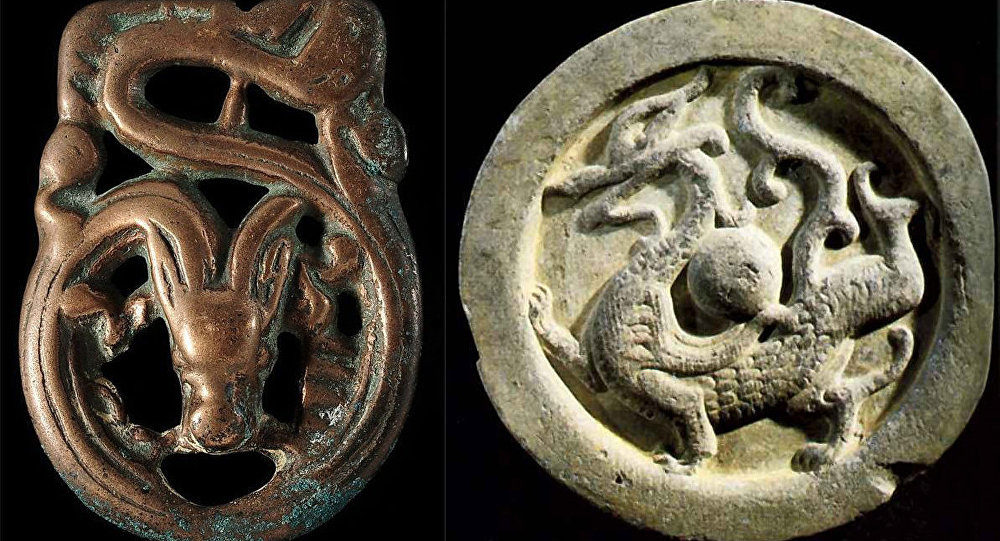OF THE
TIMES
If this guy was culled we'd avoid this climate catastrophe bs.
The West is blind to many things going on in the world. Some would say 'most' things. Born out of centuries of colonialism, dominance, arrogance,...
Not if the Russians, Chinese and Indians can help it, they won't. They know exactly what the US wants to do - 1) be able to bomb and nuke any...
"Slovakia REJECT The WHO proposed Pandemic Accord Only last week Prime Minister of Slovakia Robert Fico gave this speech:- “I also clearly declare...
Mad Max world emerging in the US & Canada...
To submit an article for publication, see our Submission Guidelines
Reader comments do not necessarily reflect the views of the volunteers, editors, and directors of SOTT.net or the Quantum Future Group.
Some icons on this site were created by: Afterglow, Aha-Soft, AntialiasFactory, artdesigner.lv, Artura, DailyOverview, Everaldo, GraphicsFuel, IconFactory, Iconka, IconShock, Icons-Land, i-love-icons, KDE-look.org, Klukeart, mugenb16, Map Icons Collection, PetshopBoxStudio, VisualPharm, wbeiruti, WebIconset
Powered by PikaJS 🐁 and In·Site
Original content © 2002-2024 by Sott.net/Signs of the Times. See: FAIR USE NOTICE

Reader Comments
to our Newsletter